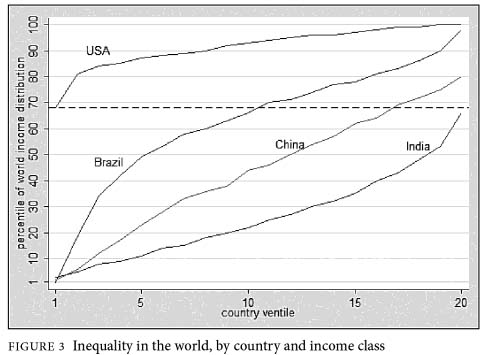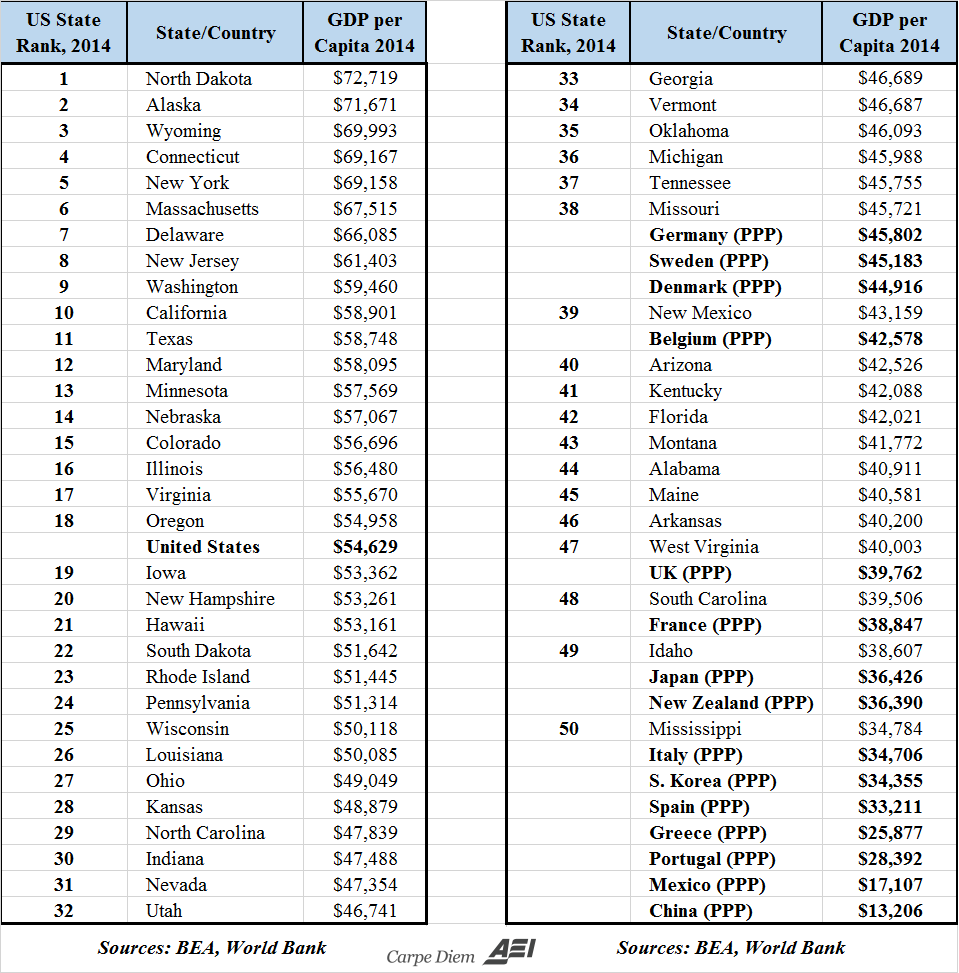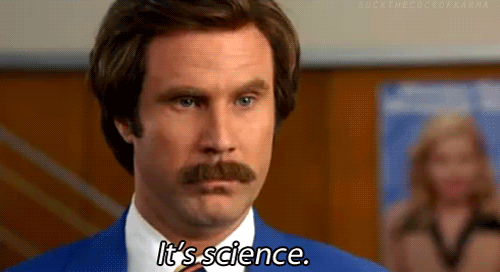This is part of the DR Book Collection.
 In her review of Brigham Young: Pioneer Prophet by GMU historian John G. Turner, Julie Smith writes,
In her review of Brigham Young: Pioneer Prophet by GMU historian John G. Turner, Julie Smith writes,
I suspect that John G. Turner’s Brigham Young: Pioneer Prophet will be the definitive biography of Brigham Young for the next few decades. Overall, this is a good thing.
But it may also be a troubling thing, at least for some people. I wholeheartedly recommended the recent Joseph Smith, David O. McKay, and Spencer W. Kimball biographies to all members of the Church. Sure, they are a little less sanitized than we are used to, but the picture in each one of those works is of a prophet of God who had some flaws, with far more emphasis on the “prophet” part than on the “flawed” part.
This book? Not so much. I have serious reservations about recommending it to the average church member; if you need your prophet to be larger than life, or even just better than the average bear, this book is not for you. I think there is a substantial risk that people raised on hagiographic, presentist images of prophets would have their testimonies rocked, if not shattered, by this book.
…So, here’s the Readers’ Digest version of my review: this book is a real treat, but it might completely destroy your testimony if you can’t handle a fallible, bawdy, often mistaken, sometimes mean, and generally weird prophet.
The book truly is incredible, doing for Brigham Young what Richard Bushman did for Joseph Smith. However, I agree with Julie that “the main weakness of this book” is the fact that “you are not left with any reason as to why people would have made the enormous sacrifices that were part of believing that Brigham Young was a prophet.” To fill in these gaps, here are the reported words of Turner from my friend Carl Cranney on Young’s appeal:
Why did people follow Brigham? He admitted to me and the others in the study group a few weeks ago that he felt he could have handled this question better. He pointed out three things, specifically, that Brigham had done before he became the de facto church president, and later actual church president, that garnered him a lot of good will from the members. First, many of the church members were from the British Isles, and Brigham had led the British mission. So many members of the church had fond memories of him as the leader of the missionaries that brought them into the church. Second, he finished the Nauvoo temple and endowed thousands of Mormons before they abandoned the city. The sheer amount of man-hours this took would have staggered anybody but the firmest believer. Brigham Young was a believer, and it showed to the people that he worked tirelessly for in the temple. Third, he was the “American Moses” who dragged a despondent group of church members from their Nauvoo the Beautiful to the middle of nowheresville, Mexico, to create a civilization literally out nothing in a sparsely-populated desert wilderness. He worked hard to preserve the church and to get its members to safety. So, after doing these three things he had garnered a lot of support and a lot of good will from the members.
Despite this oversight, the book is fantastic and the go-to biography of Brigham Young.
Check out John Turner’s lecture on the bio at Benchmark Books below:
 Lapp recognizes that narratives about the poor often fall into two extreme categories and that he could easily adopt one of these extremes in telling of the story of those he’s interviewed. One extreme highlights external factors and lack of resources (typically the political left), but this largely ignores the poor’s “own words about how things could have been different if they had made different choices.” The other extreme focuses “almost exclusively on these young adults’ own moral responsibilities, and downplay the cultural and economic forces and trauma clearly impinging on their lives” (typically the political right). “The true story,” Lapp says, “…is one that shows how cultural and economic forces and trauma intersect with people’s own free decisions.” To “scold the “
Lapp recognizes that narratives about the poor often fall into two extreme categories and that he could easily adopt one of these extremes in telling of the story of those he’s interviewed. One extreme highlights external factors and lack of resources (typically the political left), but this largely ignores the poor’s “own words about how things could have been different if they had made different choices.” The other extreme focuses “almost exclusively on these young adults’ own moral responsibilities, and downplay the cultural and economic forces and trauma clearly impinging on their lives” (typically the political right). “The true story,” Lapp says, “…is one that shows how cultural and economic forces and trauma intersect with people’s own free decisions.” To “scold the “







